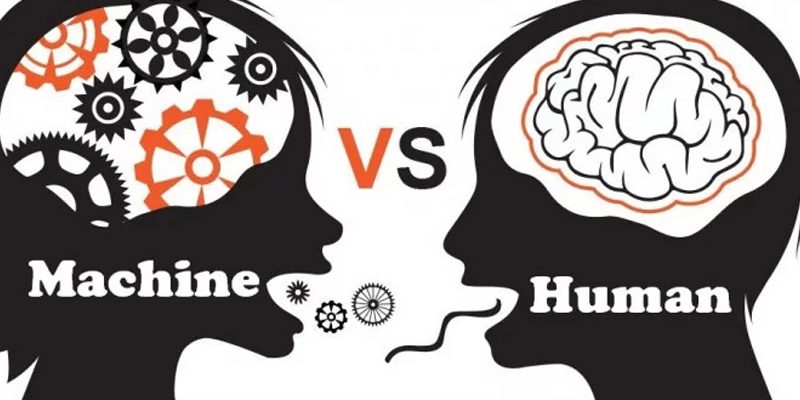Human Translation vs. Machine Translation: Which Is Better?
Machine can translate fast—but can it translate right? Here’s how human expertise and technology differ in accuracy, tone, and impact on global communication.
The debate between human translation and machine translation is more relevant today than ever.
With tools like Google Translate and AI-powered engines, many businesses wonder if they still need professional translators.
While machines can process words instantly, translation is about more than converting text—it’s about capturing meaning, tone, and cultural nuance.
At Vie Support Language Services, we’ve seen how the right balance of technology and human skill delivers the most accurate results.
What Is Machine Translation?
Machine Translation (MT) uses artificial intelligence and algorithms to translate text automatically.
Limitations:
- Fails to capture emotion, idioms, and tone
- Inaccurate with complex grammar or industry terminology
- Risk of mistranslation in legal, medical, or technical contexts
Example:
A marketing tagline like “Feel the Power of Precision” might become a literal translation in another language—losing its emotional impact.
What Is Human Translation?
Human translation involves linguists who interpret both the words and context of a message.
At Vie Support, our 3500+ certified translators handle over 100 languages—ensuring cultural accuracy and readability.
Advantages:
- Understands cultural tone, slang, and industry-specific nuances
- Maintains brand voice and emotion
- Quality-checked through proofreading and context review
Example:
A human translator ensures that medical dosage instructions or technical manuals are not just linguistically accurate but life-safe and compliant.
Accuracy and Quality – The Real Difference
Machine translation delivers literal accuracy—the surface meaning of words—while human translation delivers contextual accuracy.
|
Criteria |
Machine Translation |
Human Translation |
|
Speed |
Instant |
Moderate |
|
Tone & Emotion |
Often lost |
Preserved |
|
Cultural Sensitivity |
Weak |
Strong |
|
Industry-specific Terms |
Inconsistent |
Expert-verified |
|
Confidentiality |
Risky (cloud storage) |
NDA-secured |
Why Choose Human Translation
Choose professional human translation for:
- Legal documents and contracts
- Marketing campaigns and brand messaging
- Medical or pharmaceutical material
- Website and app localization
- Corporate reports or investor presentations
Human expertise ensures that your communication not only reads correctly but feels right to your audience.
Get Accurate, Culturally-Relevant Translation with Vie Support
Whether you need legal translation in Chennai, technical manuals in Pune, or marketing localization for global campaigns, Vie Support delivers results that reflect your brand’s credibility.
Our ISO-certified process and multilingual experts make us one of India’s most trusted language service providers.
👉 Request a Free Quote
👉 Explore Our Translation Services


